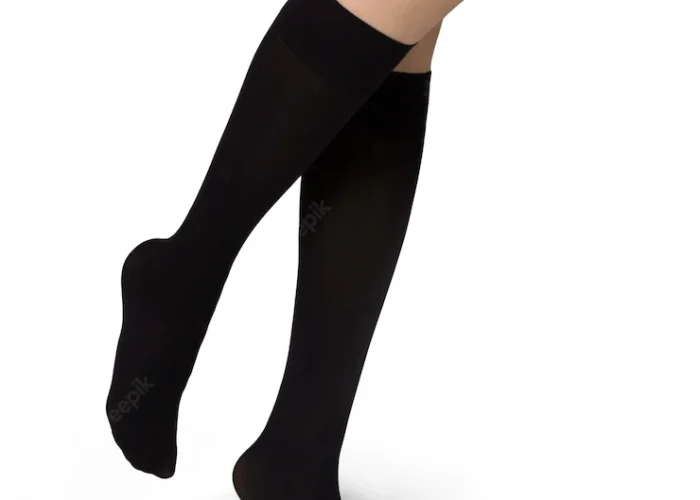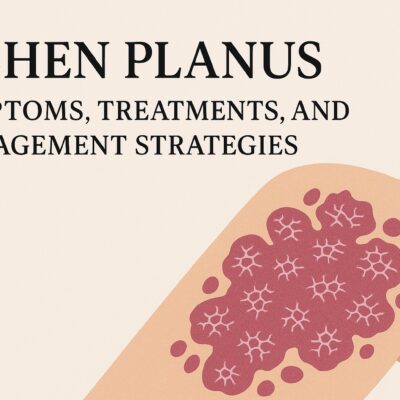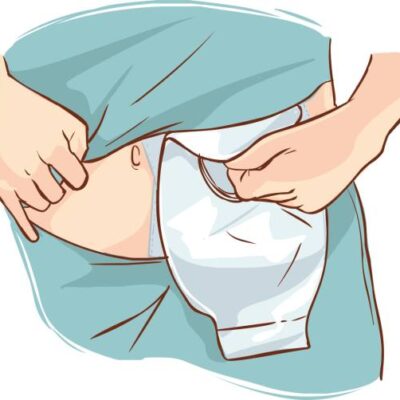Learn why compression stockings for healthcare workers are essential in prevention. Find essential insights and discover the importance of proactive care.
Introduction
As healthcare workers tirelessly serve patients, they often face long hours of standing and strenuous activities, putting them at risk of various health issues, especially related to their lower extremities. One effective solution gaining popularity among healthcare professionals is the use of compression stockings. In this article, we delve into the world of compression stockings for healthcare workers and understand why prevention is key to safeguarding their well-being. Let’s explore the benefits, insights, and recommendations to maintain peak health while delivering exceptional care.
Compression Stockings: A Vital Support for Healthcare Workers
Compression stockings, also known as support or pressure stockings, are specially designed hosiery that exerts graduated pressure on the legs, ankles, and feet. They are designed to provide external support to the veins, improve blood circulation, and alleviate common issues like leg swelling, varicose veins, and leg fatigue. For healthcare workers who spend prolonged hours on their feet, compression stockings play a crucial role in promoting overall leg health and preventing potential problems.
Understanding the Importance of Prevention
Healthcare workers are the backbone of any medical facility, devoting themselves to patient care and well-being. However, their dedication often leads to neglecting their own health, especially when it comes to issues like leg discomfort and venous complications. Prevention is the key to maintaining a healthy workforce and ensuring uninterrupted service to patients. Let’s explore why proactive measures, such as using compression stockings, are essential for healthcare workers.
1. Promoting Blood Circulation: Keeping Veins in Top Shape
Healthcare workers frequently experience prolonged periods of standing or sitting, which can hinder proper blood circulation in the legs. Compression stockings gently compress the legs, supporting the veins and aiding blood flow back to the heart. By ensuring optimal circulation, these stockings significantly reduce the risk of developing venous disorders, such as deep vein thrombosis (DVT) and varicose veins.
2. Relieving Leg Discomfort: Enhancing Overall Comfort
Long shifts and continuous physical activity can lead to leg discomfort and fatigue among healthcare workers. Compression stockings provide targeted pressure, reducing muscle fatigue and discomfort. They act as a constant source of support, allowing healthcare workers to focus on their tasks without being hindered by leg-related issues.
3. Preventing Edema: Minimizing Swelling and Inflammation
Edema, characterized by swollen legs and feet, is a common problem among healthcare workers due to extended periods of standing. Compression stockings help in preventing and reducing edema by promoting efficient fluid drainage from the legs. This preventive measure ensures healthcare workers can work comfortably and without unnecessary discomfort.
4. Lowering the Risk of Varicose Veins: Enhancing Aesthetic Appeal
Varicose veins, apart from being a health concern, can affect one’s self-confidence and professional appearance. Compression stockings aid in preventing the development of varicose veins by maintaining proper blood circulation and reducing vein pressure. This proactive approach helps healthcare workers maintain healthy-looking legs and boosts their confidence on the job.
5. Combating Deep Vein Thrombosis (DVT): A Life-Saving Measure
Deep vein thrombosis is a serious condition where blood clots form in deep veins, potentially leading to life-threatening complications if not detected and treated promptly. Healthcare workers, due to their sedentary nature of work, can be at risk for DVT. Compression stockings play a significant role in reducing the risk of DVT by promoting proper blood flow and preventing blood pooling.
How to Choose the Right Compression Stockings
Selecting the appropriate compression stockings is crucial to reap their full benefits. Here are some essential factors to consider when choosing the right pair:
1. Compression Level: Matching Needs and Severity
Compression stockings come in various levels of pressure, denoted by millimeters of mercury (mmHg). The right compression level depends on individual needs and the severity of the condition. For mild discomfort and prevention, lower pressure (e.g., 15-20 mmHg) may suffice, while severe issues may require higher pressure (e.g., 20-30 mmHg).
2. Size and Fit: Ensuring Proper Support
A well-fitted compression stocking provides optimal support and comfort. Proper measurements of the ankle, calf, and thigh circumference are essential to find the right size. Manufacturers often provide sizing charts to aid in selecting the appropriate fit.
3. Material and Style: Balancing Comfort and Aesthetics
Compression stockings are available in various materials, including nylon, spandex, and microfiber. Consider the material’s breathability and softness to ensure all-day comfort. Additionally, explore different styles, such as knee-high, thigh-high, or pantyhose, to find the most suitable option.
4. Open-Toe vs. Closed-Toe: Catering to Preferences
Compression stockings are available with both open-toe and closed-toe designs. Open-toe stockings allow for increased ventilation and are ideal for warmer climates, while closed-toe options offer complete coverage and are more suitable for cooler environments.
FAQs
- Are compression stockings only for healthcare workers?
- No, compression stockings are beneficial for anyone who experiences leg discomfort, swelling, or circulatory issues. They are widely used by individuals with various occupations and lifestyles.
- Can compression stockings be worn throughout the day?
- Yes, compression stockings can be worn all day, but it’s essential to follow the manufacturer’s recommendations and guidelines for specific wear times.
- Can compression stockings replace medical treatment for venous issues?
- Compression stockings can provide symptomatic relief and preventive support. However, for severe venous disorders, it is crucial to consult a healthcare professional for comprehensive treatment.
- Do compression stockings have any side effects?
- When used correctly and with the right compression level, side effects are rare. However, individuals with certain medical conditions may need to consult their healthcare provider before using compression stockings.
- Can compression stockings be worn during pregnancy?
- Yes, compression stockings can help reduce swelling and discomfort during pregnancy. However, it’s essential to use the appropriate compression level and consult with a healthcare provider.
- Are there alternatives to compression stockings for leg support?
- While compression stockings are highly effective, other methods like leg elevation, regular exercise, and maintaining a healthy lifestyle can also contribute to leg health.
Conclusion
The well-being of healthcare workers is paramount for the smooth functioning of any medical facility. Compression stockings offer a proactive and effective solution to prevent leg-related issues and maintain peak health. By promoting blood circulation, reducing discomfort, and preventing serious conditions like DVT and varicose veins, compression stockings empower healthcare workers to perform their duties with comfort and confidence. Remember to choose the right compression stockings that suit individual needs, and consider incorporating preventive measures to safeguard the health of our dedicated healthcare professionals.






No Comment! Be the first one.